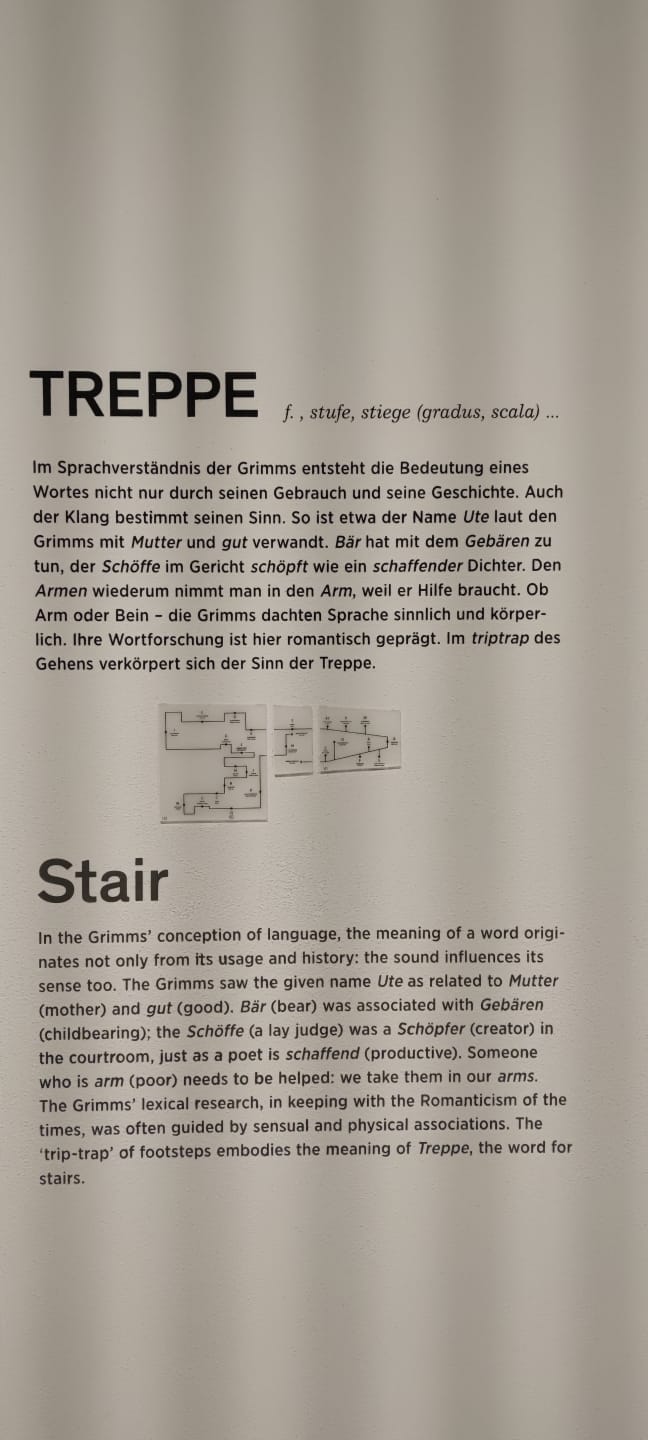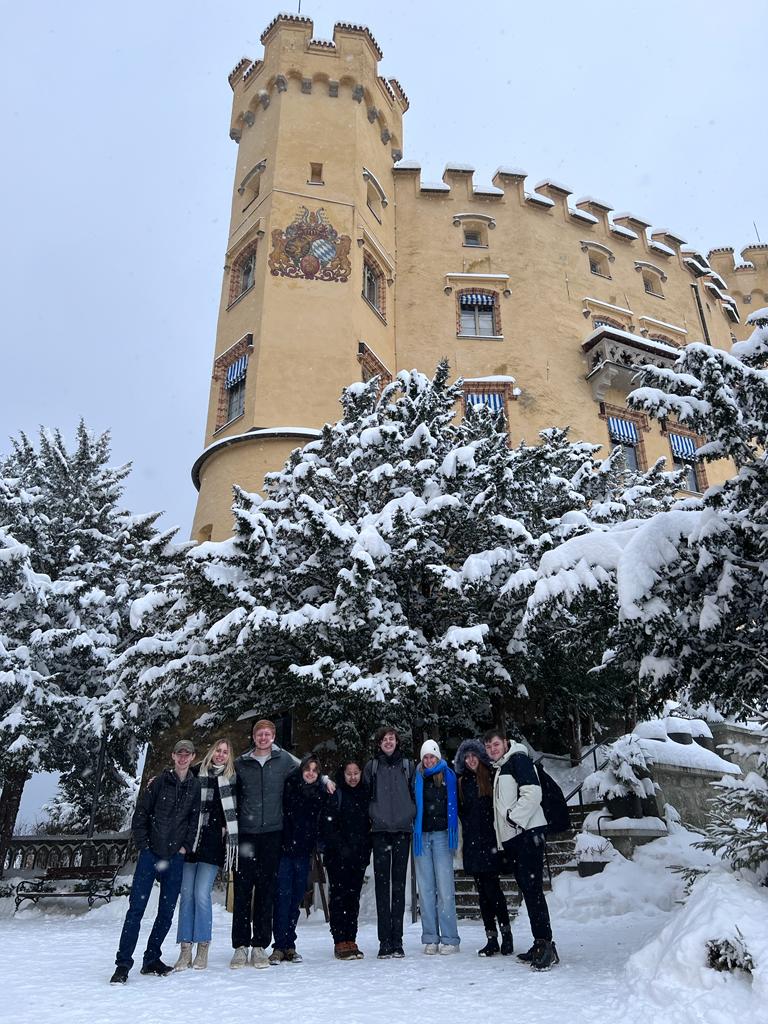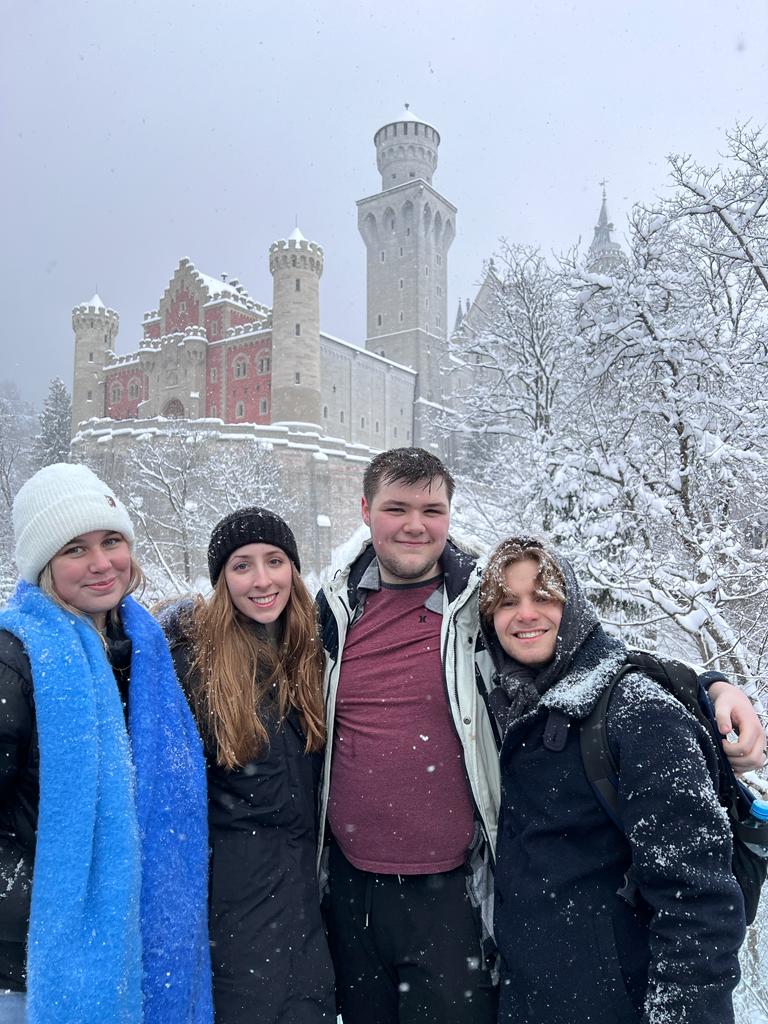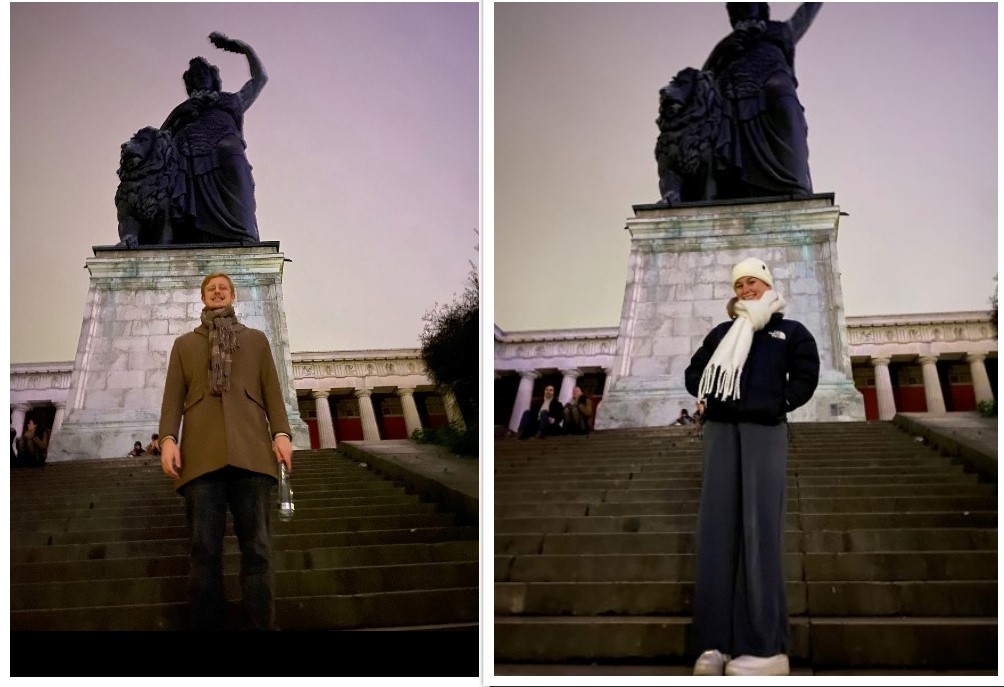New German culture course at JYM

As JYMers know, participants take a mix of courses here in Munich. They enroll in a required language course and cultural studies courses at our institute in the Richard-Wagner-Straße, and they also have access to courses at the Ludwig Maximilian University. One special aspect of the courses offered by our institute is that our instructors take students out of the classroom and into Munich and beyond. They attend concerts, plays, and films at Munich’s annual film festival. They visit monuments and museums dedicated to the memory of National Socialism and victims of they Holocaust. They visit museums. They travel to cities like Berlin, Prague, and Aarhus in Denmark.
This semester, JYM introduced a new German culture and history course with a strong experiential component. “German Culture from Romanticism to the Present” is modeled on a course developed by faculty at Wayne State University but adapted to take advantage of being on the ground in Munich. Instead of marching through a book on German cultural history, students take a deeper dive into key moments in that history. Class sessions alternate between interactive presentations and discussions of readings and visual material in one week and excursions the next. For the most part, the course is taught chronologically, but sometimes logistics require a change in that order.



For the class session related to our unit on German Romanticism, students read texts by Friedrich Schlegel and Ludwig Thiek, listened to an art song by Robert Schuhman, and reflected on paintings by Caspar David Friedrich to gain an understanding of the characteristics of Romantic art. At the end of the semester, we travelled to Hohenschwangau and Neuschwanstein to discuss neo-romanticism and its influence on the 19th-century Wittelsbacher kings. It snowed the day we visited, which enhanced the magic considerably.
The trip to Neuschwanstein also tied into our course unit on fairy tales and the Grimm brothers.For the in-class session in this unit, students were asked to listen to recordings of “Hänsel and Gretel” and “Puss in Boots” to get a sense of the oral tradition that was the basis for the collection of Jakob and Wilhelm Grimm. It was also good listening practice for our students, all of whom are working continuously to improve their German language skills. In class, students also learned about the motivations behind the work of the Grimm brothers as collectors of tales and the enduring influence of those tales to the present day. The following week, students traveled to the Grimmwelt in Kassel, a wonderfully interactive museum dedicated to the life’s work of the Brothers Grimm as collectors of fairy tales, linguists, and cofounders of German studies.
The JYM trip to Berlin from Nov. 4-7, 2022, was designed to tie into this class and our course on the Weimar Republic. The connections to this course were to the units on East Germany and on Germany as a land of migration. In the former unit, students focused in the class session on the founding myths of the GDR and then discussed Hermann Zschoche’s banned film of 1965, Karla. In Berlin, students learned about the history of divided Germany via a bike tour along the strip where the Berlin wall formerly stood. The class unit on migration took place after the winter break, and there, students will focus on the 2015 German response to migrants in the wake of the crisis of the war in Syria, giving students the chance to revisit the play that they saw while in Berlin, Hakan Savaş Mican’s rendering of Erich Maria Remarque’s Die Nacht von Lissabon: a meditation both on migration during WWII and in the first to decades of our century.
A class unit on the topic of nationalism in Germany and in Bavaria involved a more local excursion. In the first class of the unit, we discussed the revolution of 1848 and the history of the German national anthem. Students also read Bernhard von Bülow’s defense of German colonialism, “Platz and der Sonne,” a transcript of a discussion about nationalism in Hitler’s headquarters, and Richard von Weiszäcker’s speech on the 40th anniversary of the end of WWII. The second course in the unit turned to Bavarian nationalism. Students visited and wrote reflections about the Bavaria statue on the Theresienwiese, and we discussed the aspirations of Ludwig I. as a Bavarian nationalist.

Other class topics included waves of German feminism and a viewing of Sheri Hagen’s film Auf den zweiten Blick, a discussion of German expressionism and a visit to the Lenbachhaus, and a discussion of the founding myths of West Germany together with a viewing of Fassbinder’s Marriage of Maria Braun. Students and instructors have enjoyed the class, and we hope that this interactive approach to German cultural history will help students to retain what they have learned and to reflect on similarities and differences between their own culture and history and that of Germany. Our plan is to continue to develop units for the class so that we can offer it twice a year and interested students can participate both semesters.